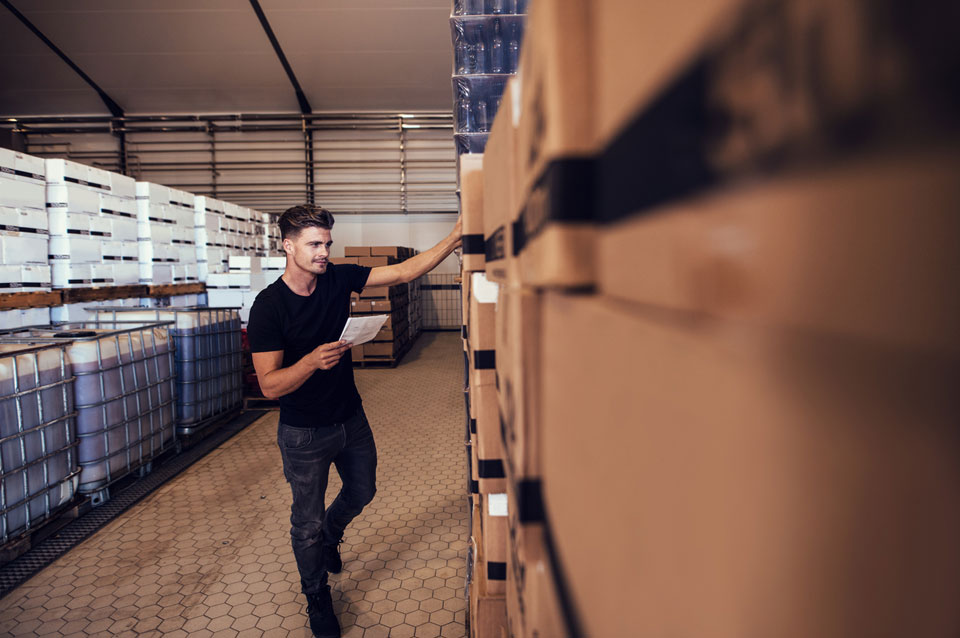
A tariff is a tax imposed by one country’s government on products that are imported from a foreign country. This makes the imported products more expensive as opposed to local alternatives.
Tariffs that are imposed on wine imported from another country will almost certainly increase the end consumer price. Here is an example of a Canadian wine being sold into the U.S. market assuming a 25% tariff (current conditions). The same principles would apply for wines from other countries if the US imposes tariffs as they may do this coming week (although the threatened tariff on European wines is 200% not 25%!).
For example:
| With Tariff | Without Tariff | |
| A Canadian winery sells a bottle of wine to a U.S. importer for $10 | $10 | $10 |
| AT USA BORDER Tariff of 25% imposed by US Govt on Canadian products | +$2.50 | +$0 |
| USA BORDER | ———————- | ———————- |
| US importer pays tariff to get the wine released from customs. So the $10 cost for the wine increases to $12.50. | $12.50 | $10.00 |
| US importer must add $ to cover its expenses and profit (to generate a wholesale price). Assume 20% added. Wine is then sold to a retailer at that price. | $15 wholesale | $12 wholesale |
| US retailer adds $ to cover its expenses and profit (to generate a retail price). Assume 30% added. | $19.50 retail | $15.60 retail |
| +$3.90 with tariff |
The end consumer will almost certainly pay more for the bottle of wine when tariffs are applied because the US-based importer had to pay the tariff, increasing its costs. In some rare circumstances, the US importer might absorb the increased costs or the Canadian exporter (winery) might lower its prices but this would be unusual.
As a result, tariffs are essentially hidden government taxes that are applied prior to the wholesale level of distribution, thus increasing the cost of goods throughout the supply chain.